Places, museums, monuments : 133
-
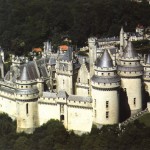 Place, museum or monumentChâteau de Pierrefonds
Place, museum or monumentChâteau de PierrefondsThis enormous fortress constructed in the 14th century by Louis d'Orléans, the brother of Charles VI, the Château de Pierrefonds, was besieged and then torn down by Louis XIII at the beginning of the 17th century. For almost two centuries the imposing ruins stood unattended – nearly unnoticed. It was not until the end of […]
-
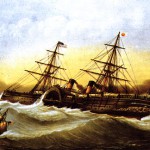 Place, museum or monumentAmboise Postal Museum
Place, museum or monumentAmboise Postal MuseumSet in a beautiful Renaissance house surrounded by an Italian-style garden, the Amboise Postal Museum traces the history of postal services in France. In fact, the word 'post' comes from the posts or stations where horses were kept for sending on the mail, newspapers and printed matter in general. Later on, there were also to […]
-
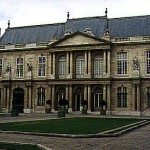 Place, museum or monumentMusée de l’Histoire de France – National Archive
Place, museum or monumentMusée de l’Histoire de France – National ArchiveThe Museum of the History of France was created in 1867 by Napoleon III as a means of presenting to the public the most interesting and the most prestigious documents held in the National Archive. The National Archive itself was a creation of the Revolution but it was not until Napoleon 1st took a hand […]
-
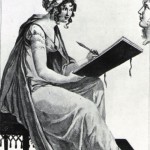 Place, museum or monumentNew York Public Library
Place, museum or monumentNew York Public LibraryThe New York Public Library, Astor, Lenox and Tilden Foundations is the full name of the system of research and lending libraries in Manhattan, the Bronx, and Staten Island. The name itself conjures up an image of New York as a young city with growing population and wealth, in the era of philanthropists and philanthropy […]
-
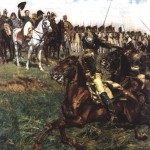 Place, museum or monumentMetropolitan Museum of Art
Place, museum or monumentMetropolitan Museum of ArtOn 4 July, 1866, a group of Americans in Paris were celebrating their national holiday in a restaurant called the “Bois de Boulogne”. At this meal, John Jay, the son of an eminent lawyer, gave a speech proposing that he and his companions should get together to create “a national institution and art gallery” in […]
-
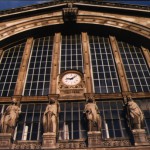 Place, museum or monumentGare du Nord Station
Place, museum or monumentGare du Nord StationUnder the Second Empire, the railways in France developed to such an extent that historians have described the period as the “Railway revolution”. From 3 248 km of track in 1851 the network leapt to 16 465 km of track in 1869. France entered the “age of the train”. And this extraordinary rise brought with […]
-
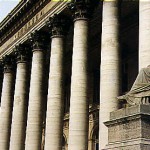 Place, museum or monumentPalais Brongniart – Paris Stock Exchange
Place, museum or monumentPalais Brongniart – Paris Stock ExchangeIn 1808, Napoleon Ist decided to build a definitive home for theParis stock exchange. In fact, since its formation in 1724 the stock exchange had been 'of no fixed abode', meeting in the Galerie Vivienne in the Palais de Mazarin until 1793, then moving to the Louvre in the Palais Royale before ending up in […]
-
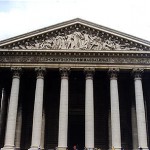 Place, museum or monumentChurch of the Madeleine
Place, museum or monumentChurch of the MadeleineThere has been a church in this area since the 13th century when the neighbourhood was known as Ville l'Evêque and its church was Sainte-Marie-Madeleine, situated at the end of the present-day boulevard Malesherbes. In the 18th century a new building was deemed necessary in view of the recent growth in the population of the […]
-
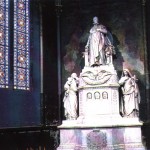 Place, museum or monumentChurch of St-Leu and St-Gilles
Place, museum or monumentChurch of St-Leu and St-GillesLouis Bonaparte, future king of Holland, selected the small village of St-Leu in the Oise valley as the place to live with his young bride, Hortense de Beauharnais. With the generous gift of 600 000 francs from his famous brother, Napoleon, Louis bought the two chateaux of St-Leu. Louis then proceeded to demolish the old […]
-
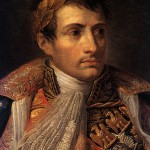 Place, museum or monumentMuseo del Risorgimento – Milan
Place, museum or monumentMuseo del Risorgimento – MilanThis museum of the period in Italy known as the Risorgimento is dedicated entirely to the chequered history of Italianunification, a movement in which Napoleon in fact played an important part. For it was as a result of the First Italian Campaign that Bonaparte established himself as a defender of the Italian cause against theAustrian […]

